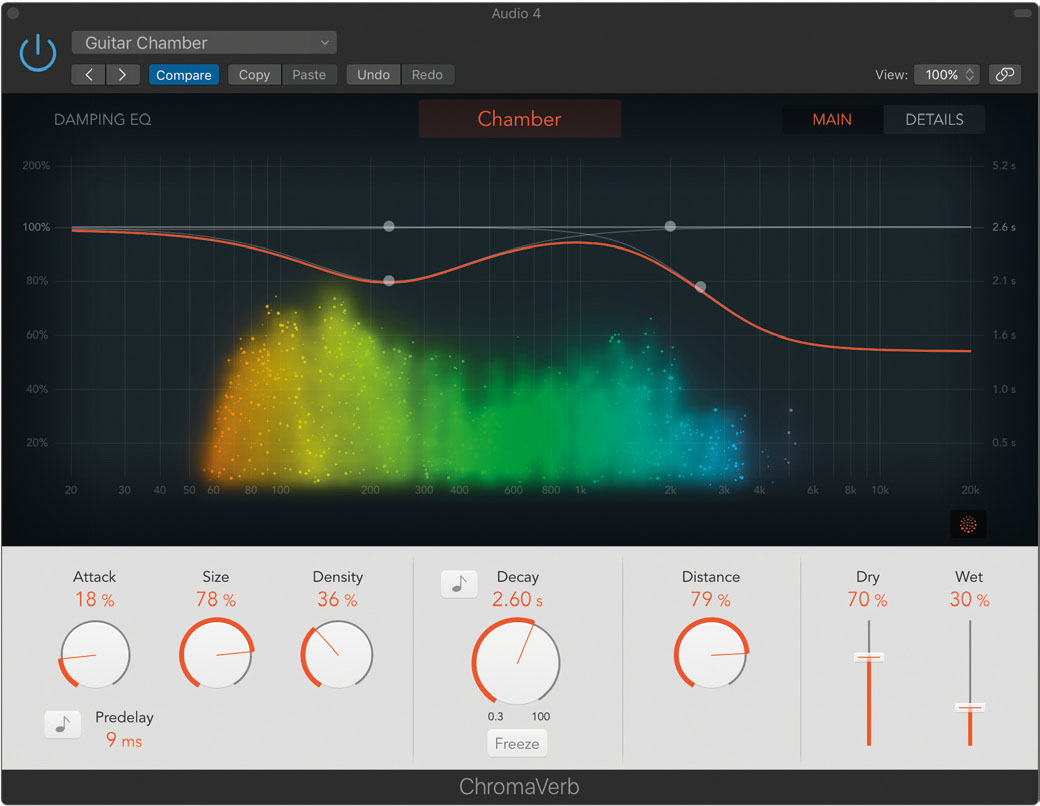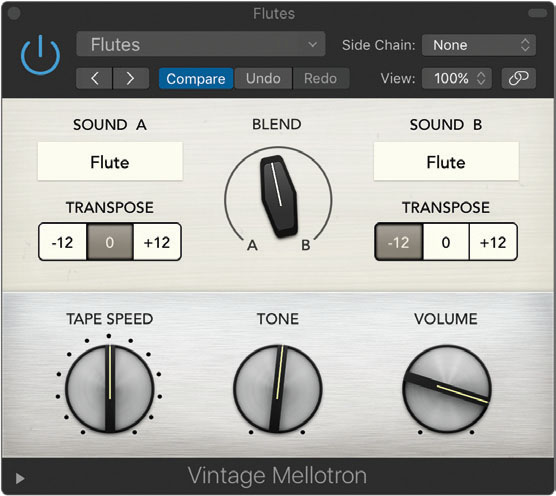
Despite the number of different digital audio workstations (DAW) reviewed in this magazine, Logic Pro – one of the biggest players in this field – has not been covered for quite a while. The main reason for this is that Logic last had a formal update in 2013 when the software moved from version 9 to version X.
Logic is a DAW that was originally launched in the early 1990s by eMagic under the name Notator. When Emagic was acquired by Apple in 2002, the software became a macOS exclusive from that point onwards. Version X incorporated some of the usability of Apple's basic software and included a greater integration with Apple's professional software to make it more accessible for a wider range of potential users.
Over the last five years, Apple have been making minor updates that have become progressively less minor. The latest version, 10.4, includes several new plugins and some major new features that users will find very helpful.
Smart Tempo
One of the headline features is the addition of automatic tempo matching for audio files. This is something that has appeared in other DAWs for many years (it's a staple feature of Ableton Live) but has finally been incorporated into Logic. To be fair, Logic has actually been able to do this as far back as version 9 – but the process was slow and relied on some manual editing of markers, which itself relied on the musician knowing the tempo for the original audio. Once all of these hoops had been jumped through it was possible to synchronise audio with the project tempo.
Version 10.4 has something called Smart Tempo. This allows the user to drag any piece of audio into the audio window and link to the project very quickly. It does this by analysing the original tempo, assigning markers to each transient automatically – like an automated Flex Time (another feature of Logic Pro X). Apple has been making a big deal about the ability to incorporate audio that hasn't been recorded with a metronome, with the option to have the project follow its tempo or to bring it into time with the project. I have been playing with this a bit over the last few days and, I have to say, it largely works. In practice, it's not quite as straightforward as this. I'm a decent enough musician so I recorded some acoustic guitar with fingerpicking and strumming and, while there were some large dynamic variations, it was pretty much in time. Once recorded, it took quite a few attempts to get Logic to identify the tempo precisely and bring the click into synchronisation with the audio. This feature could be very useful for GCSE compositions. A student could record a melody on their own instrument and then synchronise it to the metronome and add other parts to accompany it. It does work very well, but it will require more technical skill than initially advertised.
Effects and processing

The plugin offering in Logic Pro has always been generous but some of the included tools were beginning to feel a little dated compared with those included with by competitors. The first new addition of note is a new reverb plugin called ChromaVerb.
Rather than including sampled emulations of rooms and using convolution to apply it to the audio, ChromaVerb uses algorithms to design bespoke sounds created from different room sizes, distances and EQ curves. There are 14 basic reverb characteristics that are used as starting points including rooms, halls and versions of digital reverbs found on old synths. Once selected, each of these is adjustable with a wide range of controls to fine-tune the perfect sound. These sound much cleaner than some of the previous reverb offerings from Logic and ChromaVerb will almost certainly become my default reverb to use with students in schools with Apple suites.
There are also new multi-effects plugins designed to have many plugins accessible in one window for sound design purposes. These seem most suited to synths and other electronic music sounds – but things like the simple compressor and limiter could be used for basic mastering.
Logic's EQ offering has also been quite minimal and version 10.4 has added some vintage EQ emulations. As anybody who has ever used different pieces of equipment will know, the EQs on different desks will have a big impact on the sound. The three initial offerings are based on famous, but nameless, examples – you have to work it out based on their descriptions. Having compared them to the equivalents I own, they are okay. There are much better emulations of these EQ channels than Apple have achieved here but, compared to the previous offering of the included channel EQ, they are a great alternative to add character to a recording.
Instruments

Version 10.4 has added three new instruments along with tweaking some of the other software instruments. Although Logic has included Mellotron sounds and brass and string sounds before, the latest update has separated these out into their own instruments. The flute sound, which is more than capable for playing ‘Strawberry Fields Forever’, is characteristic of the Mellotron as a whole – good for an included sound library but bettered by other sample libraries.
Summary
Logic is still a great programme for school computer suites and covers all of the elements you might need. The software instruments are of a high standard and the included plugins allow you to do anything you might need to achieve. With the addition of Smart Tempo, Logic incorporates some of the features found in Ableton and elsewhere, which only improves the functionality of the software. If you are looking to upgrade, Logic continues to be a serious contender.
www.apple.com/logic £199.99 per copy (1–19 copies), £99.99 per copy (20+ copies)




